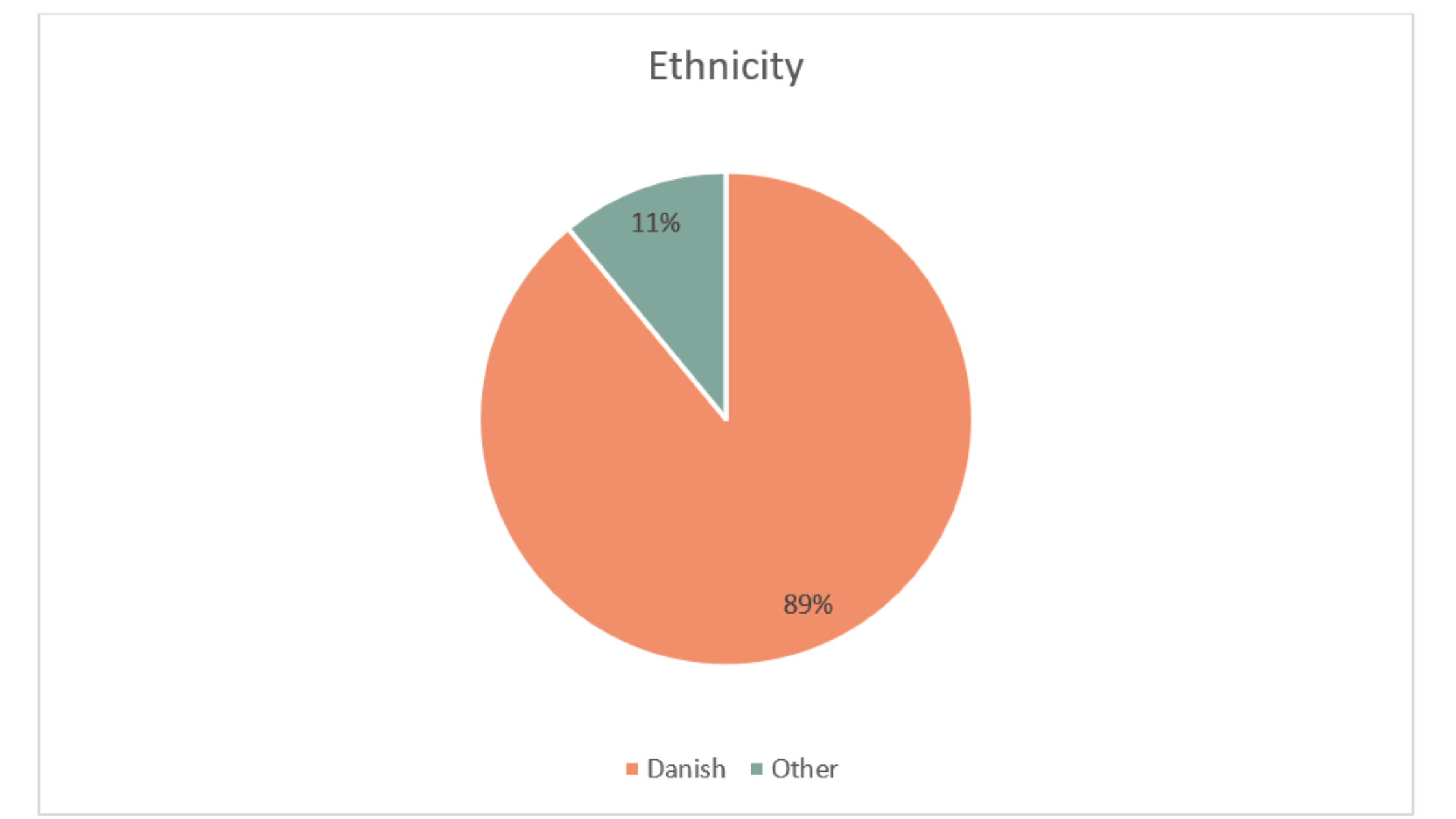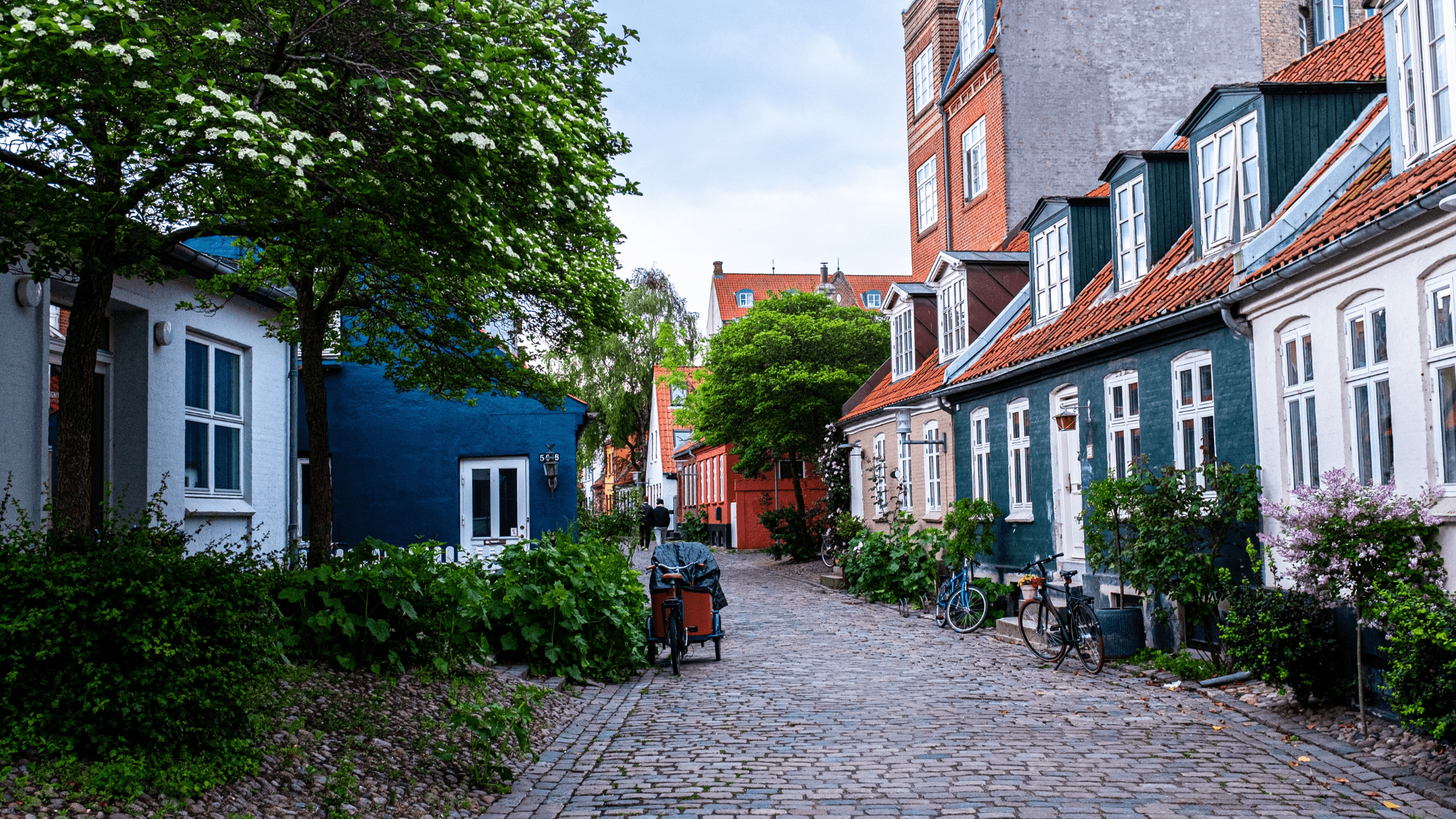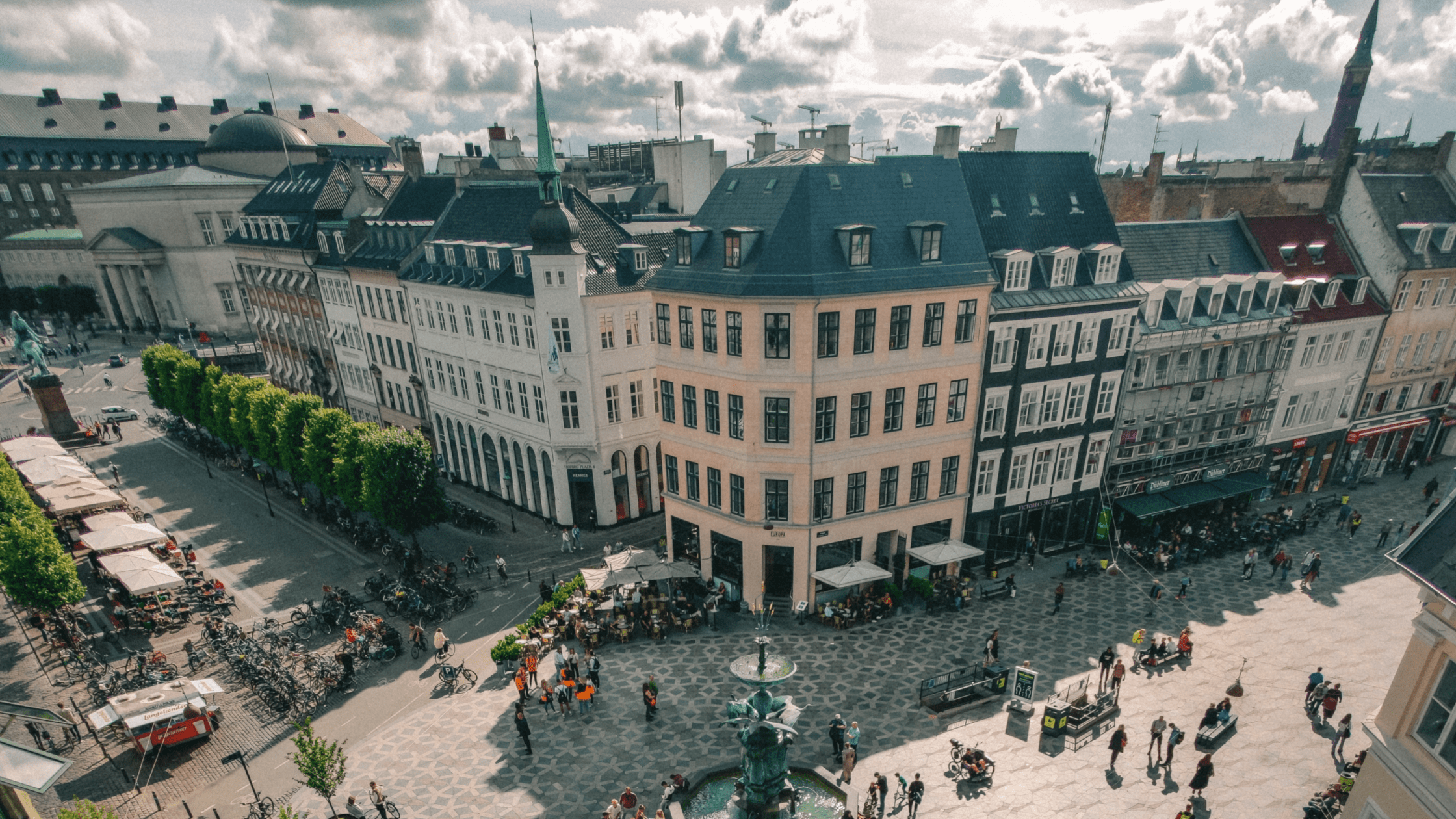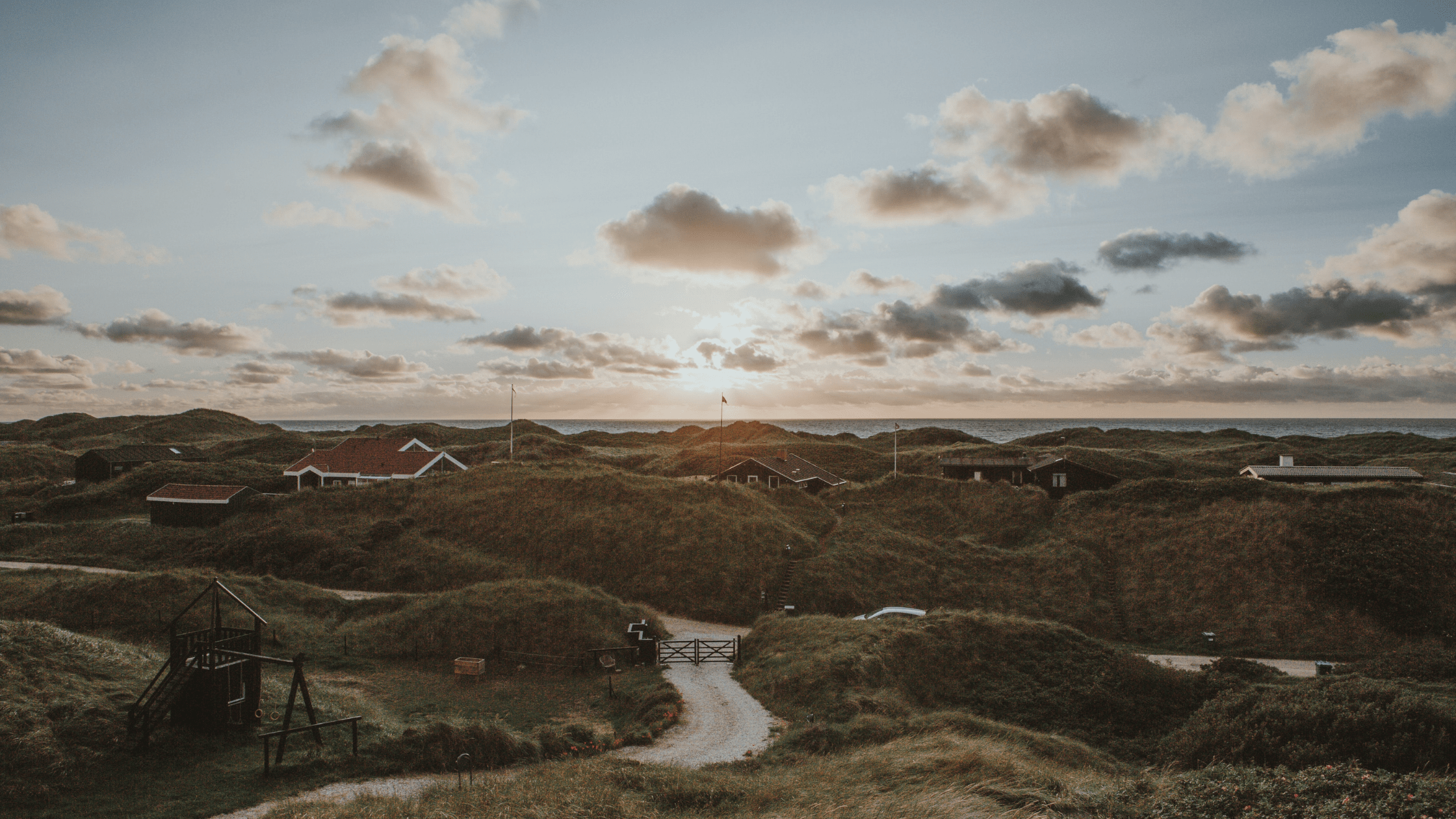General Information
| POPULATION | 5.806 million |
| LANGUAGE | Danish |
| CAPITAL | Copenhagen |
| CURRENCY | Danish Krone |
Fun Facts
- Oldest flag in the world
- Oldest Monarchy
- Owns 443 islands, 70 uninhabited
- Created LEGO
- More bicycles than people
- Denmark is the least corrupt country in the world
Denmark
The long narrow Jutland peninsula that makes up mainland Denmark extends away north of Germany towards Norway and Sweden. to the east of the peninsula more than a hundred islands make up the rest of the country. Denmark is the most southerly country in Scandinavia and is one of the flattest lands in the world. Like its neighbour, it enjoys political stability and a high standard of living and a high standard of living. industry has developed rapidly and today a third of the people work in small factories.
Ethnicity
There are 5.806 million living in Denmark
- 89% Danish
- 11% Other

Economy
Denmark has very high living standards, owing primarily to its social benefits. Denmark is far from having a proposed socialist economy. Denmark’s economy is based on free market principles. Denmark has one of Europe’s strongest economies, with a balanced budget, stable economy, low interest rates, and low inflation. Denmark is a tax haven, which means that living there comes at a high cost. 64% of the population is between the ages of 15-64. 80% of the population speaks English, and 5.7% percent of the population is unemployed. Denmark is consistently ranked as the world’s happiest country. Pharmaceuticals, marine transportation, clean energies, and high-tech agriculture are among the most high-end businesses. In spite of potential problems, Denmark will have to deal with an ageing population.
Food
Denmark has many notable dishes. Most large meals consist of either pork or fish as these are the main meats eaten in Denmark. The national dish of Denmark is stegt flæsk which is pork belly with potatoes and a creamy white sauce. For breakfast they traditionally eat tea and toast. Wheat, potatoes, barley and rye make up the main crops. The most popular drink is akvavit which is a distilled spirit made from grain and potatoes.
Some traditional dishes can include:
–Æbleskiver (Danish Pancakes)
–Rugbrød (Rye bread)
–Jodekager (Danish cookies)
–Æggekage (Omelet)
– Fiskefrikadeller (Fish patties)
Places
Denmark owns 1,419 islands in addition to the mainland. In Denmark, 12.8 percent of the land is forested, and 65 percent of the land is used for agriculture. The architecture of Denmark is a blend of Roman, Baroque, and Renaissance styles. Copenhagen, the Danish capital, is known for its canals, wine, and, of course, the city’s fascinating history.
Some cities to visit in Denmark are:
- Copenhagen, the stunning capital of Denmark
- Bornholm, an ancient island off Denmark
- Aarhus, the old harbour settlement
Some places to visit are:
- Hammershus Castle ruins, Bornholm
- LEGO House, Billund
- Frederiksborg Palace and the Museum of National History, Copenhagen
- Nyhaven Copenhagen
- Tivoli Gardens in Copenhagen
History
In the 10th century the kingdom of Denmark unified and became christianized. In 1397 Denmark, Sweden and Norway joined together and became a single monarchy with Denmark being more dominant. Greenland came under the control of Denmark in 1729 it previously belonged to Norway. Denmark left the union of Kalmar in 1814 after that Denmark had its own monarchy and parliament. Nazi Germany invaded Denmark in 1940 even after Denmark and Germany signed a peace treaty the year before. In 1949 Denmark joined NATO and in 1973 they joined the EU.




Language Basics
| English | Danish |
| Hello | Hej |
| Goodbye | Farvel |
| Yes | Ja |
| No | Ingen |
| Good Morning | God Morgen |
| Good Afternoon | God Eftermiddag |
| Please | Vær Venlig |
| Thank You | Tak Skal du Have |
| Excuse Me | Undskyld Mig |
Published on the 4th of April 2021
